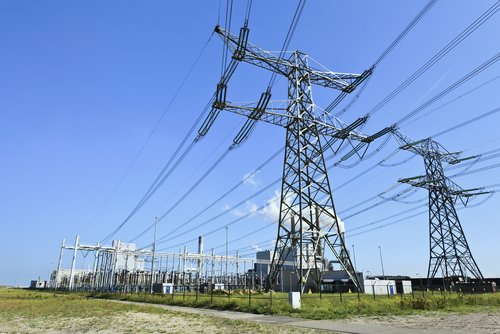Communications Networks Can Cut Energy Use By 90 Percent – Report

Even with increasing data volumes, networks can be much more efficient, says GreenTouch Consortium
Energy use by communications networks can be reduced by 90 percent by the year 2020, even while the overall data carried by those networks expands massively, according to research from the GreenTouch consortium which aims to make networks more efficient.
The result is interesting given recent controversy about energy used by communications networks. However , the GreenTouch research is based on a roadmap of technologies which operators could implement, and is based on the potential efficiency rather than the total energy used, including by legacy networks.
Net efficiency gains

“Networks are seeing tremendous growth, but it is possible to reduce the net energy used, while still handling the traffic growth,” said Thierry Klein, chair of GreenTouch’s technical committee. “We need to use new technologies to change the trend.”
The consortium, founded in 2010 by Alcatel Lucent, has long held that data networks can be 1000 times more efficient. It defines network efficiency as the data delivered, divided by the energy per user – and predicts that this can be reduced by three orders of magnitude in many cases.
Mobile networks are expected to gain efficiency fastest – as these are the fastest growing networks and currently the most inefficient, Klein explained: “If the underlying efficiency is improved by over 1000 by 2020, given that traffic is expected to grow about 88-fold in that time, this works out as a 90 percent reduction in energy use.”
Fixed access networks are not so wasteful at the moment, so they have less opportunity to increase their efficiency: “Efficiency in fixed access networks can be improved by 450 times, but as the traffic growth is not so dramatic, the energy reduction is also around 90 percent.”
Core networks, using optical transmission, are currently very efficient, said Klein, but there is still scope for improvement, using simplified opto-electronic components.
However, Klein pointed out that that the GreenTouch research looks at potential energy savings from new technologies. How much energy is actually used by networks in 2020 will depend on how widely adopted these technologies are.
“What we are really providing is a roadmap where operators can pick some or all of the technologies to implement in their products. By 2020 you might see only a proportion of these technologies will have been implemented. That will be a decision depending on capex and opex (capital expenditure and operational expenditure) considerations.”
GreenTouch, which now has 50 members, is a group which hopes to get greener networking technology implemented quickly, through sharing of intellectual property. Members allow other GreenTouch members to use their ideas freely in research, and they promise to license them under fair terms when the technology is commercialised.
Technologies which have been through the GreenTouch process include Massive MIMO network antennas and BIPON, a more energy efficient passive optical network for last mile access to the Internet.
Recent research has suggested that wireless access to cloud data may dwarf the energy used in data centres. The figures have been disputed, however.
“Research by the GeSI group predicts that the ICT sector will grow 2.3 percent of the world’s carbon emissions,” said Klein. “Data centres are about a quarter of this, and telecoms are about a quarter. The rest includes end user devices and peripherals such as TVs.”
Do you know all about Green IT? Take our quiz!